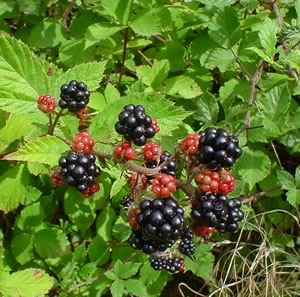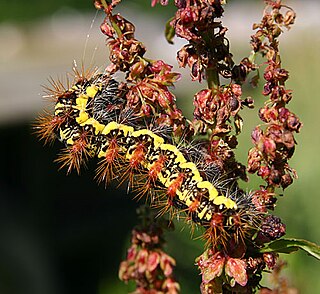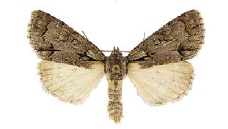| Acronicta lanceolaria | |
|---|---|
| Scientific classification | |
| Kingdom: | Animalia |
| Phylum: | Arthropoda |
| Class: | Insecta |
| Order: | Lepidoptera |
| Family: | Noctuidae |
| Genus: | Acronicta |
| Species: | A. lanceolaria |
| Binomial name | |
| Acronicta lanceolaria Grote, 1875[ verification needed ] | |
Acronicta lanceolaria (lanceolate dagger moth or pointed dagger) is a moth of the family Noctuidae. [1] It is found in North America, from Nova Scotia to British Columbia. It is listed as a species of special concern and believed extirpated in the US state of Connecticut. [2]

Moths comprise a group of insects related to butterflies, belonging to the order Lepidoptera. Most lepidopterans are moths, and there are thought to be approximately 160,000 species of moth, many of which have yet to be described. Most species of moth are nocturnal, but there are also crepuscular and diurnal species.

The Noctuidae, commonly known as owlet moths, cutworms or armyworms, are the most controversial family in the superfamily Noctuoidea because many of the clades are constantly changing, along with the other families of the Noctuoidea. It was considered the largest family in Lepidoptera for a long time, but after regrouping Lymantriinae, Catocalinae and Calpinae within the family Erebidae, the latter holds this title now. Currently, Noctuidae is the second largest family in Noctuoidea, with about 1,089 genera and 11,772 species. However, this classification is still contingent, as more changes continue to appear between Noctuidae and Erebidae.

North America is a continent entirely within the Northern Hemisphere and almost all within the Western Hemisphere; it is also considered by some to be a northern subcontinent of the Americas. It is bordered to the north by the Arctic Ocean, to the east by the Atlantic Ocean, to the west and south by the Pacific Ocean, and to the southeast by South America and the Caribbean Sea.

Adults are on wing in early June in one generation.
Reported larval hosts include Populus grandidentata, Salix and Rubus. [3]

Populus grandidentata, commonly called large-tooth aspen, big-tooth aspen, American aspen, or white poplar, is a deciduous tree native to eastern North America.

Rubus is a large and diverse genus of flowering plants in the rose family, Rosaceae, subfamily Rosoideae, with 250–700 species.









